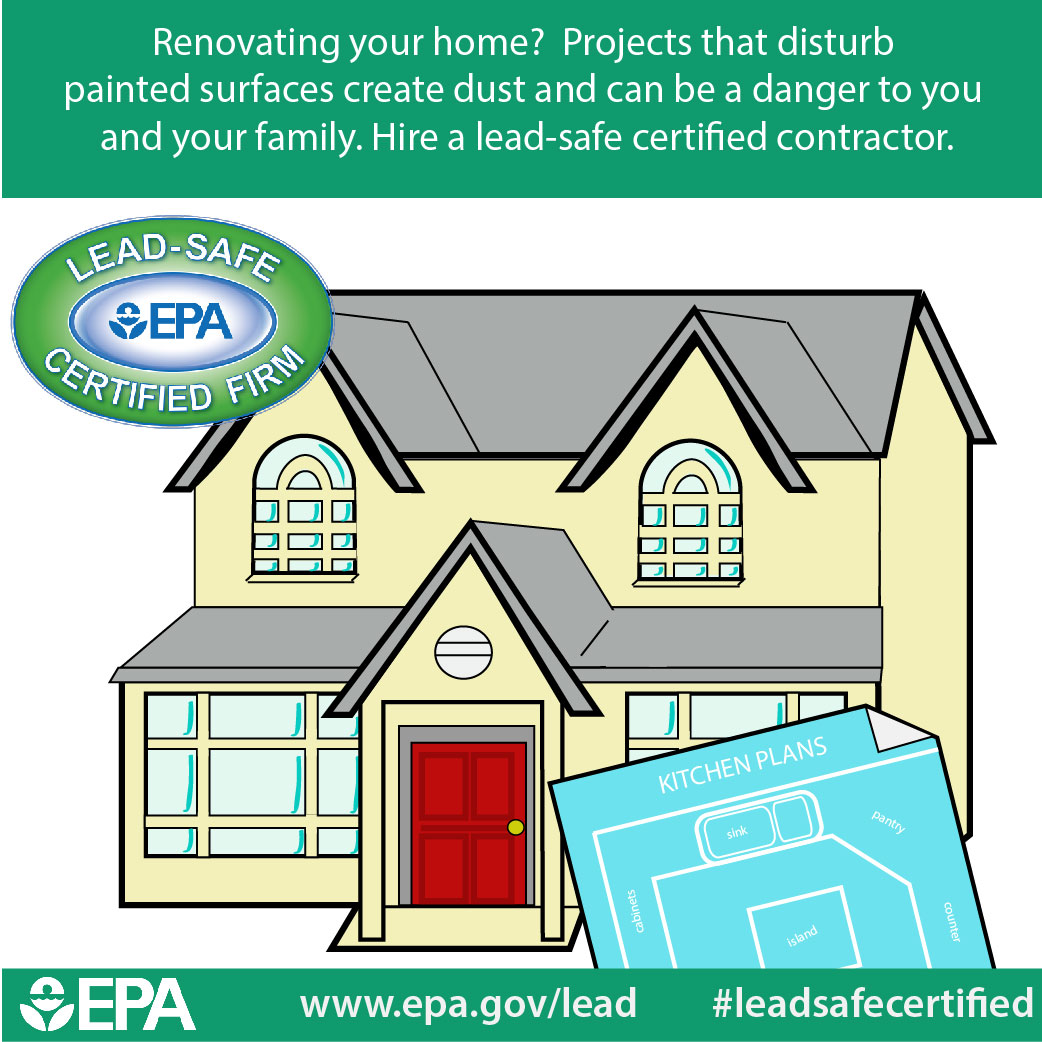Methodical Approach To Preparing Your Walls Prior To Paint
Methodical Approach To Preparing Your Walls Prior To Paint
Blog Article
Writer-Terp Kearns
When you're prepping your wall surfaces for paint, it's important to follow a systematic procedure to guarantee a remarkable coating. Begin by taking a look at the wall surface for any kind of damages; this action can make or damage your project. As soon as you've identified any type of issues, cleaning up the surface correctly is crucial, as a filthy wall surface can impact paint adhesion. After that, you'll need to spot any flaws and apply a guide. However there are specific techniques and suggestions that can elevate your prep work game-- let's discover those more to achieve the very best outcomes.
Assessing Wall Problem
Prior to you get your paintbrush, take a minute to assess your walls' problem. Look for any kind of noticeable damages like splits, openings, or peeling off paint. These flaws can affect how the paint adheres and looks once it's completely dry. If you notice any type of substantial damage, you'll require to prioritize repair services before diving into paint.
Look very closely at the texture of your wall surfaces. Is the surface smooth, or exists texture that might need unique factor to consider? Smooth wall surfaces generally require much less prep, while textured surface areas might require even more time to repaint uniformly.
Likewise, consider the previous paint task. If the old paint is shiny, it mightn't allow new paint to stick effectively. You'll want to know if your wall surfaces have been repainted with oil-based or water-based paint, as this can affect your choice of guide or paint.
Lastly, keep in mind of any type of moisture problems. If you see signs of water damage or mold, address these problems quickly to prevent more problems.
Cleansing the Surface area
When you have actually assessed the condition of your wall surfaces, the following step is cleaning up the surface area. Beginning by collecting your supplies: a bucket, cozy water, a light cleaning agent, a sponge or towel, and a scrub brush for harder places.
Begin on top edge of the wall surface and work your way down. https://commercialpaintersnearme86421.develop-blog.com/40109749/revitalize-your-home-why-engaging-expert-residential-painting-providers-is-worth-taking-into-consideration with warm water in your container, then dip the sponge or fabric right into the option. Wring it bent on prevent too much dampness on the walls.
As you cleanse, pay very close attention to locations that may've gathered dust, grease, or fingerprints. For persistent stains, make use of the scrub brush gently to avoid harming the paint below. Wash your sponge or fabric regularly in clean water to avoid spreading out dust around.
After cleansing, it's essential to wipe the wall surfaces with a wet towel to remove any type of soap residue. http://mhobserver.com/duane-hada-gives-mountain-home-students-a-hands-on-lesson-in-painting-one-of-a-kind-murals/ makes certain a smooth surface for the new paint to comply with.
Permit the walls to dry entirely before carrying on to the following prep work actions. This extensive cleaning procedure will assist create a fresh canvas for your paint job, making certain the most effective results.
Patching and Priming
Patching and priming are important steps in preparing your walls for a fresh layer of paint. Initially, check your wall surfaces for any kind of holes, cracks, or blemishes. Make use of a top notch spackling substance or patching paste to fill up these areas.
Use the substance with a putty knife, smoothing it out so it's flush with the bordering surface area. Enable it to completely dry completely, and afterwards sand it gently until it's smooth and even.
When you've patched everything, it's time to prime. Primer aids seal the covered areas, ensuring the paint adheres correctly and offers a consistent finish. Choose a primer suitable for your wall type and the paint you'll be utilizing.
Use the primer making use of a roller for bigger locations and a brush for corners and sides. If your covered locations are considerably big or porous, you might want to apply a 2nd coat of primer after the first one dries.
After priming, let every little thing dry thoroughly prior to moving on to paint. This preparation won't only boost the appearance of your walls however additionally extend the life of your paint task.
Take your time, and you'll be pleased with the outcomes.
Verdict
By adhering to these basic actions, you can attain a smooth and professional finish on your walls. Beginning by examining their problem, after that tidy and patch any type of imperfections before using guide. Bear in mind to permit adequate drying out time and make sure whatever is smooth prior to you dive into painting. With the right prep work, you'll establish the stage for a beautiful improvement in your space. Now, gather your products, inhale the fresh air, and get ready to paint!
